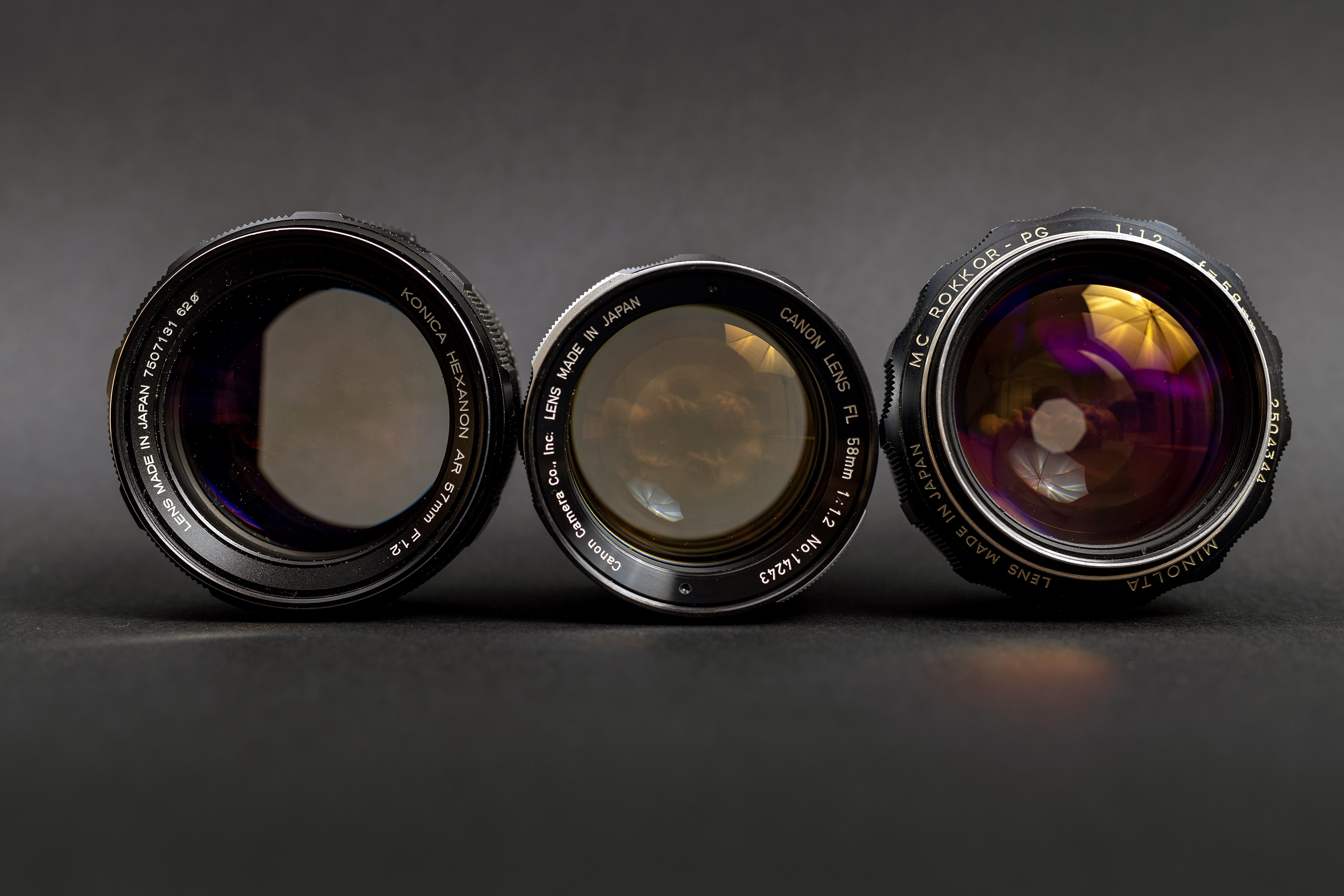
Radioactive Lenses and Everything About Them
There’s a lot of misinformation about radioactive lenses – from scare stories about growing an extra arm and getting cancer, all the way to saying that radioactive lenses are entirely harmless. The truth is somewhere between the two extremes and requires careful consideration. After all, these lenses contain radioactive substances, and we should treat them…
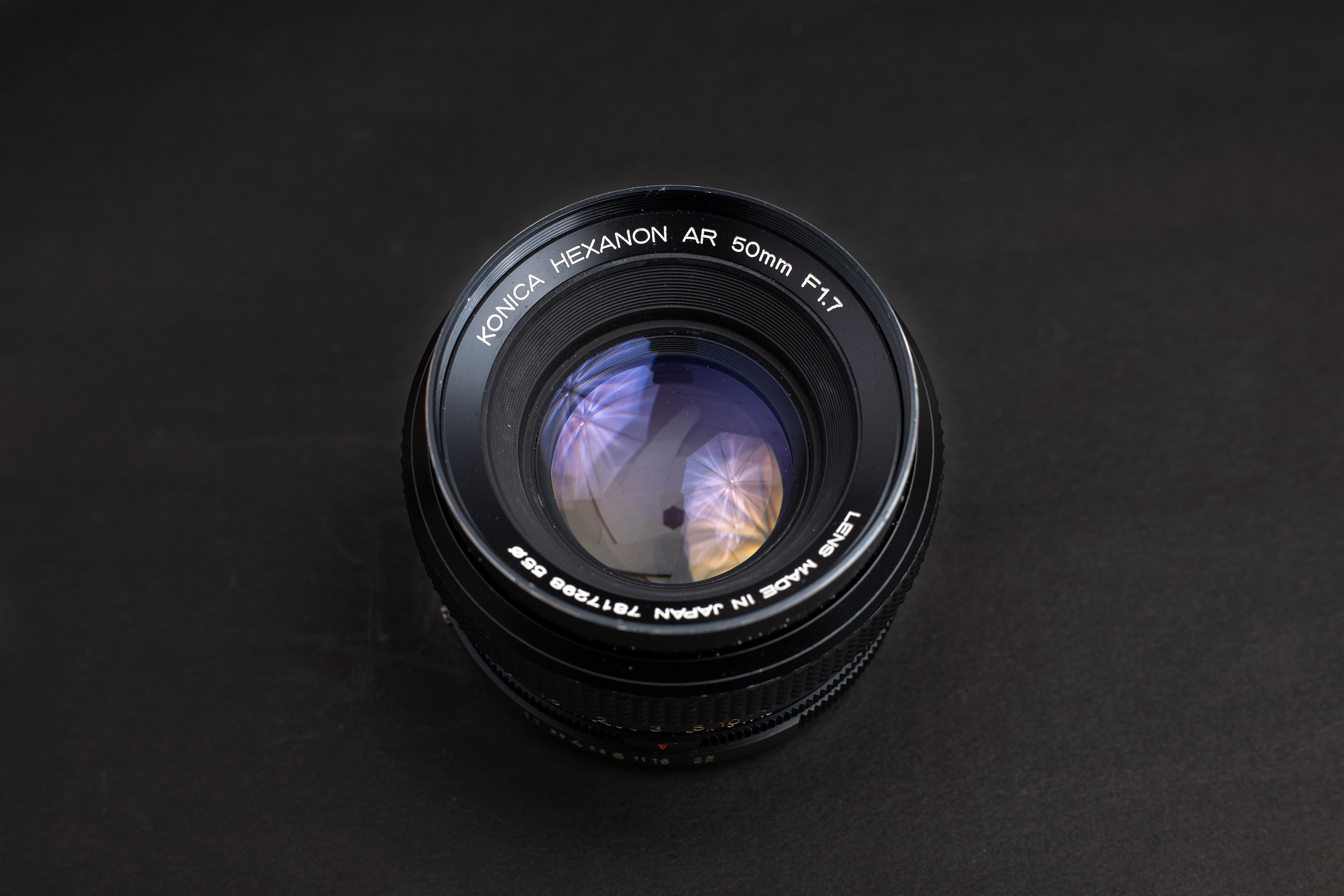
Konica Hexanon 50mm f1.7 AR Lens Review
Konica Hexanon 50mm f1.7 is the entry-level standard lens in the Hexanon lineup, along with a faster 50mm f1.4 and the iconic 57mm f1.2. All three lenses are great but have slightly different characteristics. Konica AR Lens guide describes it eloquently as “Budget priced standard lens. Lightweight and compact. Focuses down to 18 inches“. Although…
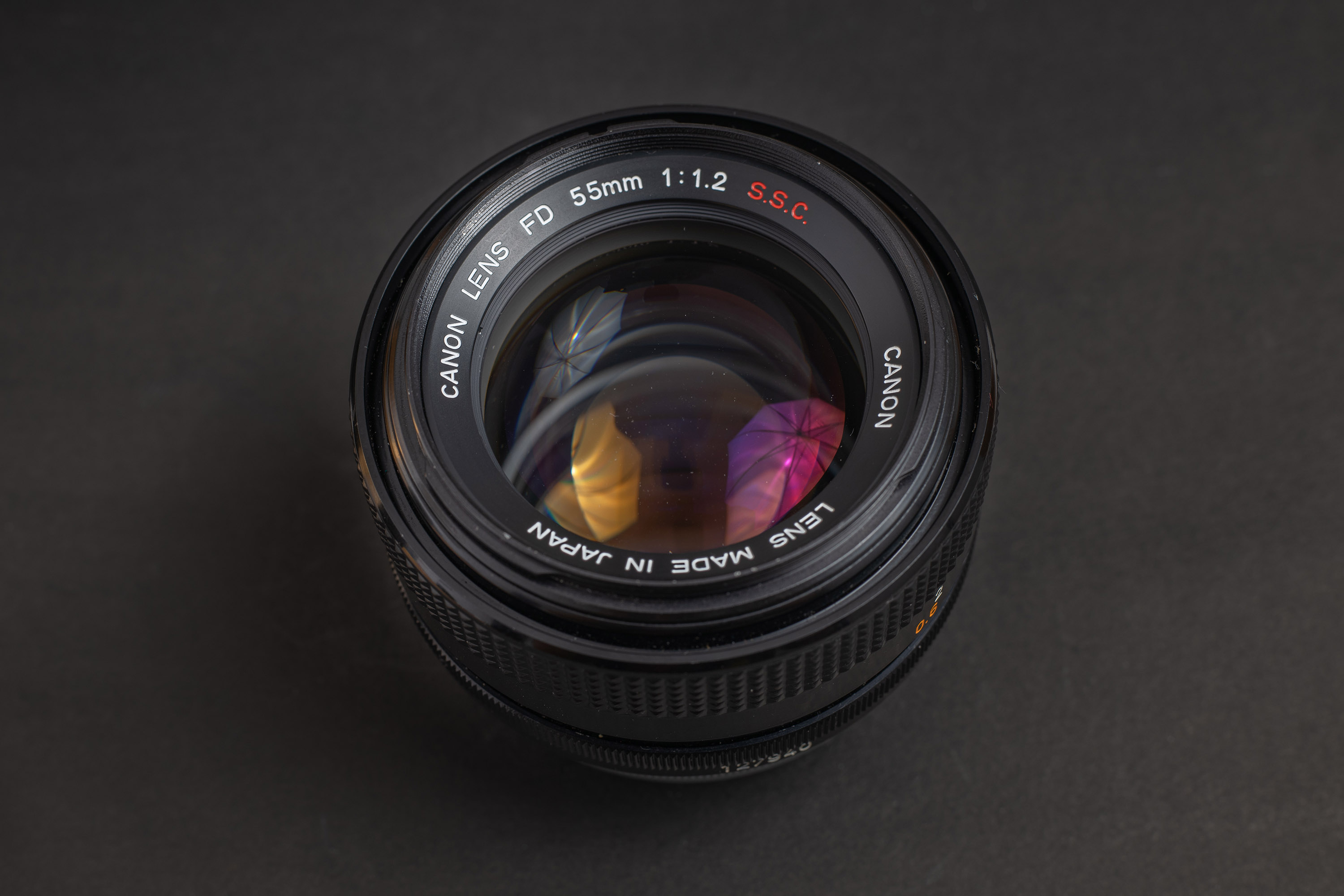
Canon FD 55mm f1.2 S.S.C. Lens Review
Canon FD 55mm f1.2 S.S.C. is a great performer! I bought this lens along with a few other FD lenses and a Canon A-1 camera. I did not specifically seek it, nor was even aware that such a lens existed before I had it. ‘Best manual lenses’ lists or reviews rarely mention it, so I did…
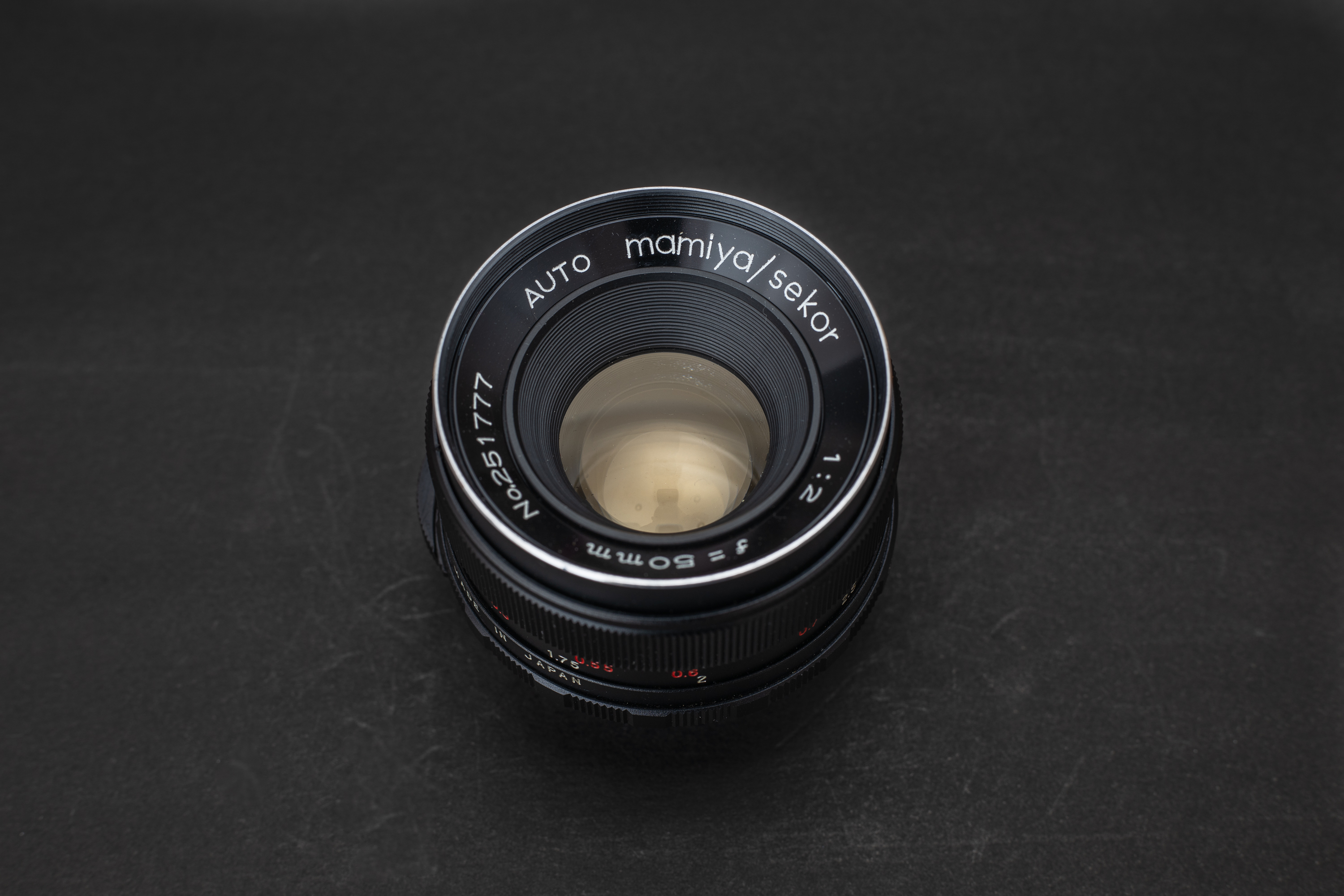
Mamiya Sekor 50mm f2 M42 Lens Review
Mamiya Sekor 50mm f2 is one of the four standard prime lenses for Mamiya TL and DTL cameras, released back in 1966. Mamiya was a professional camera manufacturer and made many excellent camera lenses – most of them are often overlooked by enthusiasts in favour of the better-known brands. Lenses in the range are the…
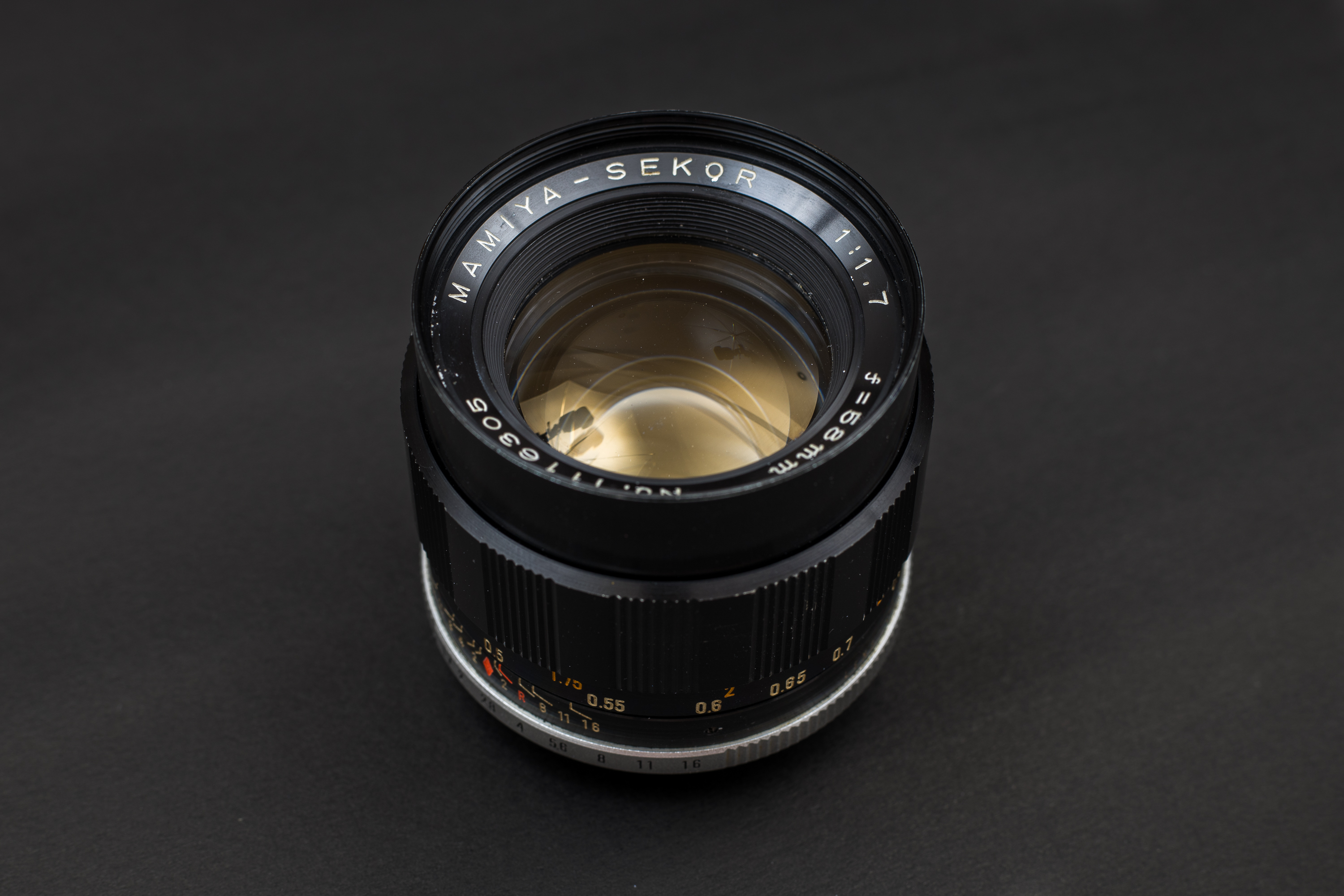
Mamiya Sekor 58mm f1.7 Lens Review
Mamiya Sekor 58mm f1.7 is another vintage lens from the 1960s – having a somewhat rare focal length and aperture combination, producing soft bokeh and strong object separation. History and versions Mamiya Sekor 58mm f1.7 F.C. – Exakta mount Mamiya Sekor 58mm f1.7 F.C., released in 1961, alongside the Mamiya’s first production SLR camera –…
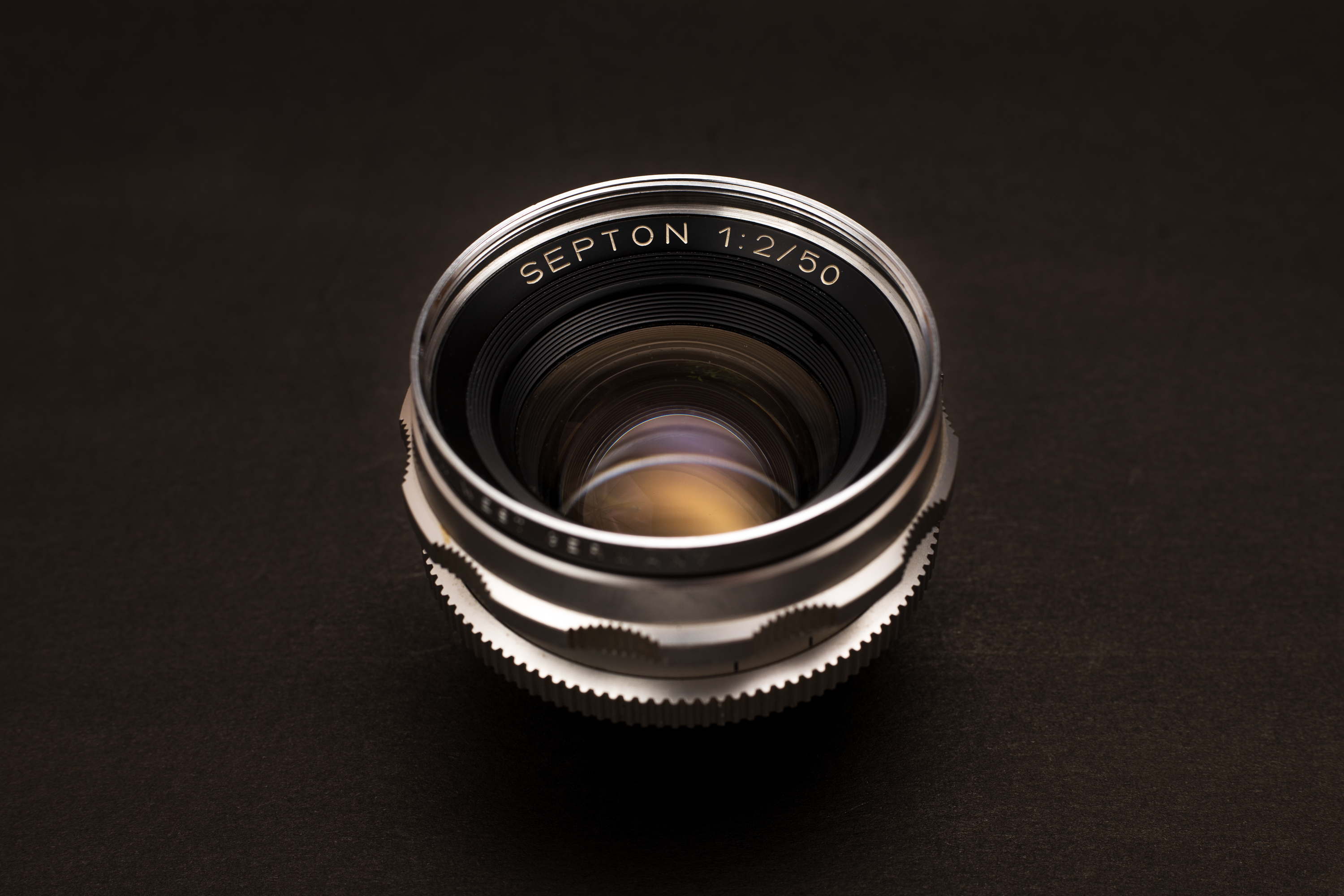
Voigtländer Septon 50mm f2 Lens Review
Voigtländer Septon 50mm f2 was top of the line lens for the Bessamatic cameras – introduced in 1959 and made until 1967. This lens competed with the best lenses from other German manufacturers like Carl Zeiss and the wave of Japanese imports coming into the market. It was exceptionally well made, utilised the best materials…
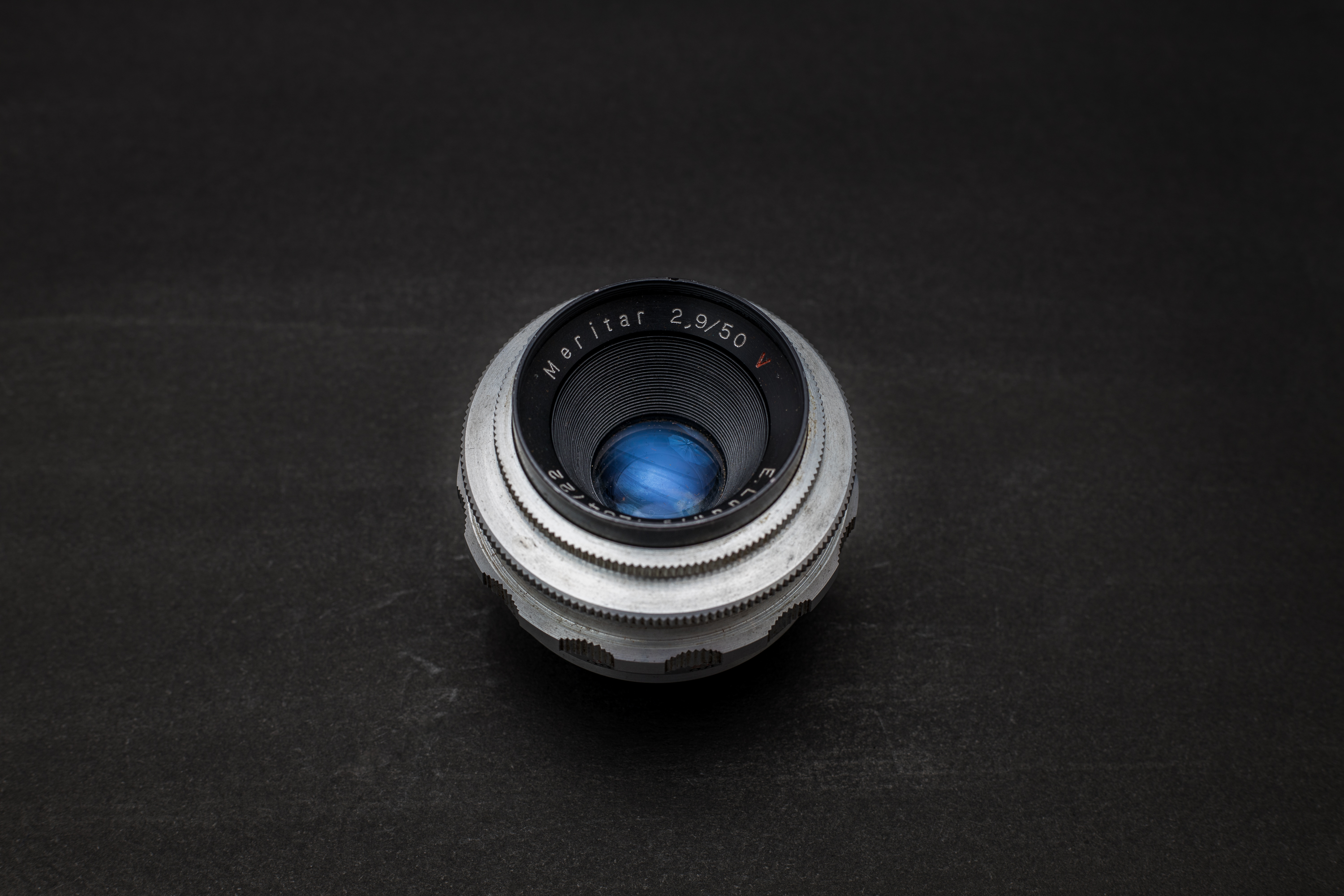
E. Ludwig Meritar 50mm f2.9 Review
E. Ludwig Meritar 50mm f2.9 was the entry-level option for the Ihagee Exakta line of cameras and cost only 59 Deutschmarks back in 1959. For comparison, another standard Exakta lens – a Biotar 58mm f2 cost six times as much. Given it was considered a cheap lens at a time, I was not expecting too…
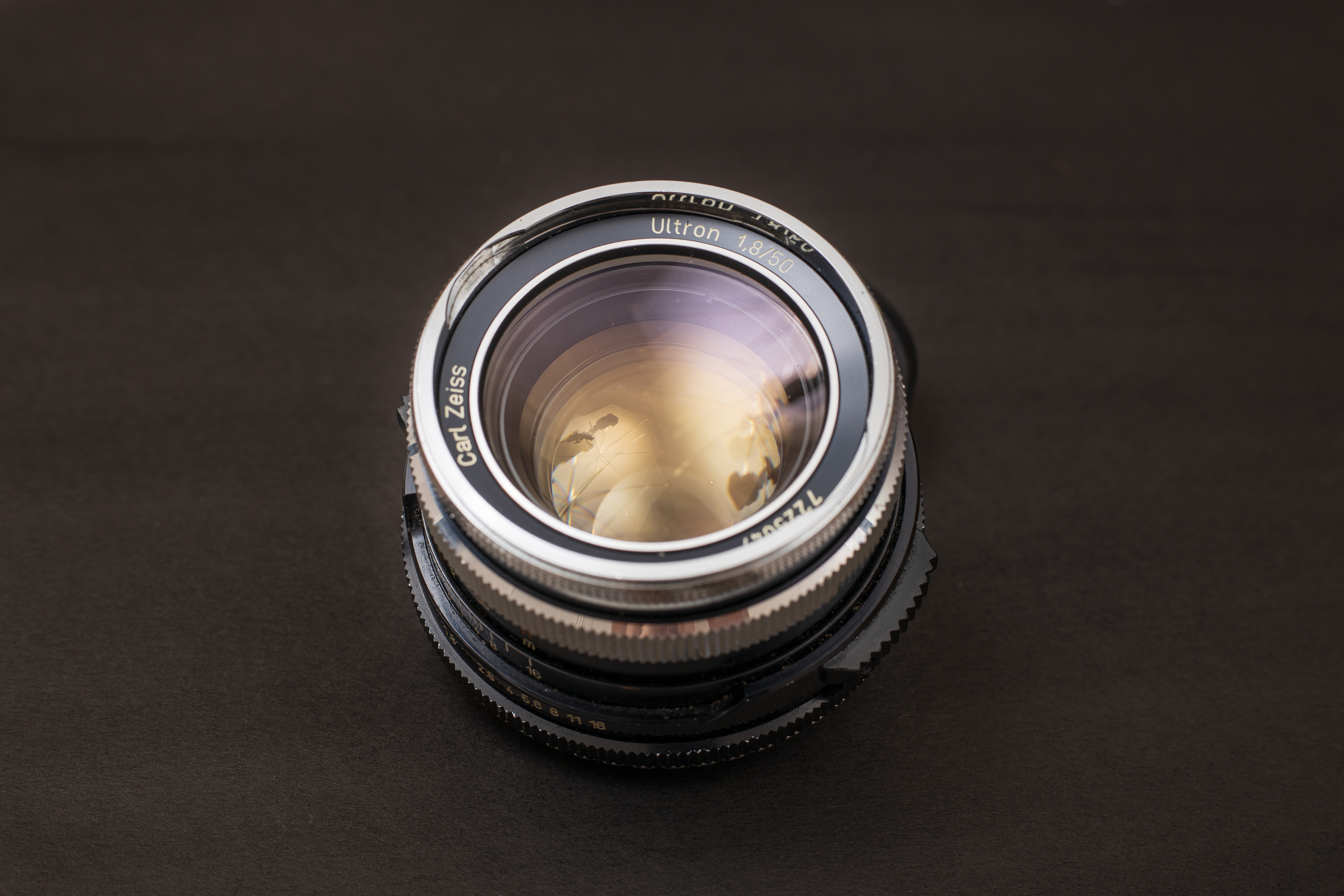
Carl Zeiss Ultron 50mm f1.8 Lens Review
Carl Zeiss Ultron 50mm f1.8 is a lens for short-lived Zeiss Ikon Icarex line of cameras. Famous on the internet – it generally has good reviews and recommendations, so I wanted to try it for myself. It turned out to be one of my favourite vintage lenses. I use it a lot, taking it on…
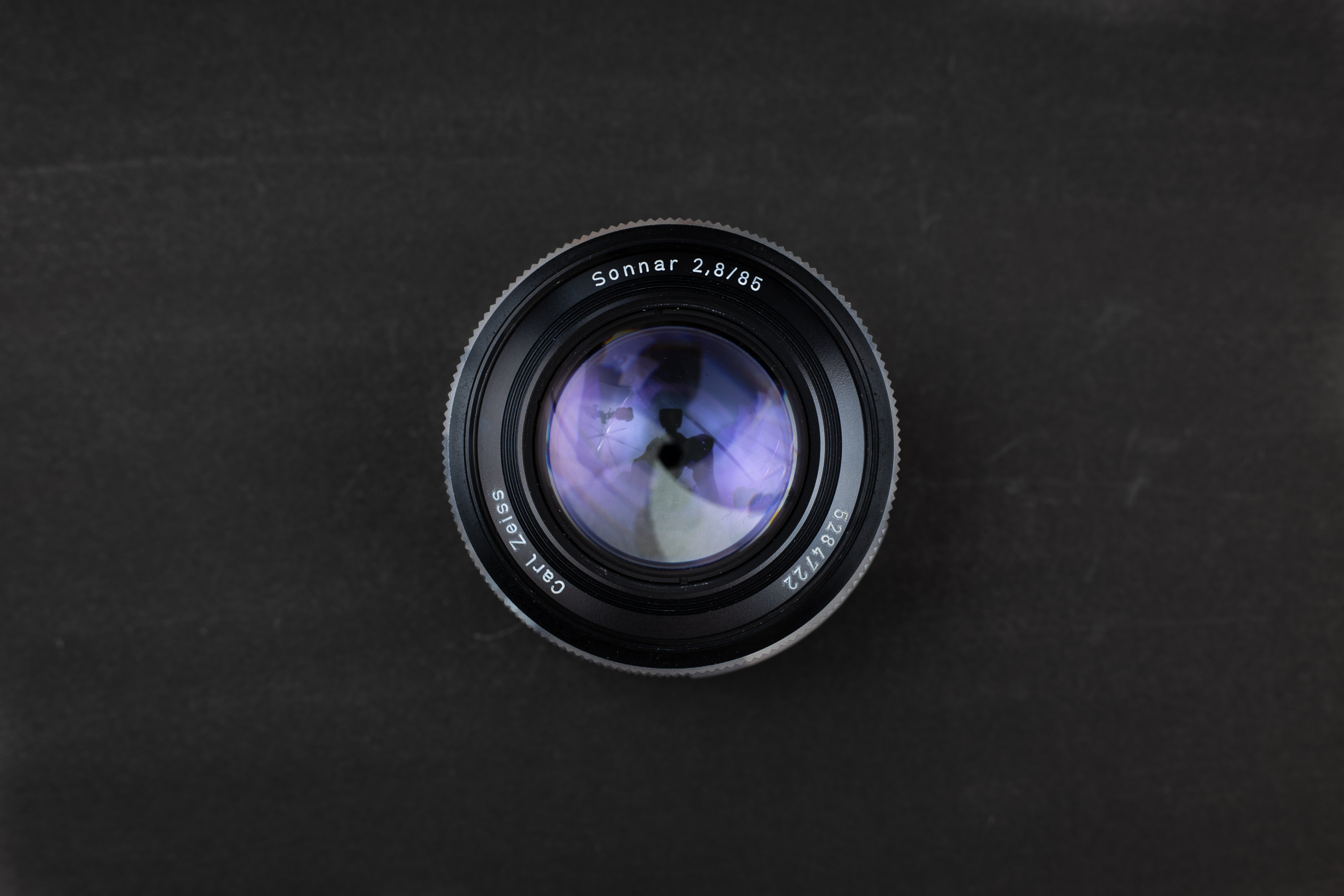
Carl Zeiss Sonnar 85mm f2.8 QBM Lens Review
Carl Zeiss Sonnar 85mm f2.8 is a beautiful Carl Zeiss lens made in West Germany. It’s a sharp lens with a a rare Ernostar-Sonnar type optical design – it only has four elements in 4 groups. Usually, similar Sonnar designs have 5 elements in 4 groups, but not this one. Compared to some of today’s…
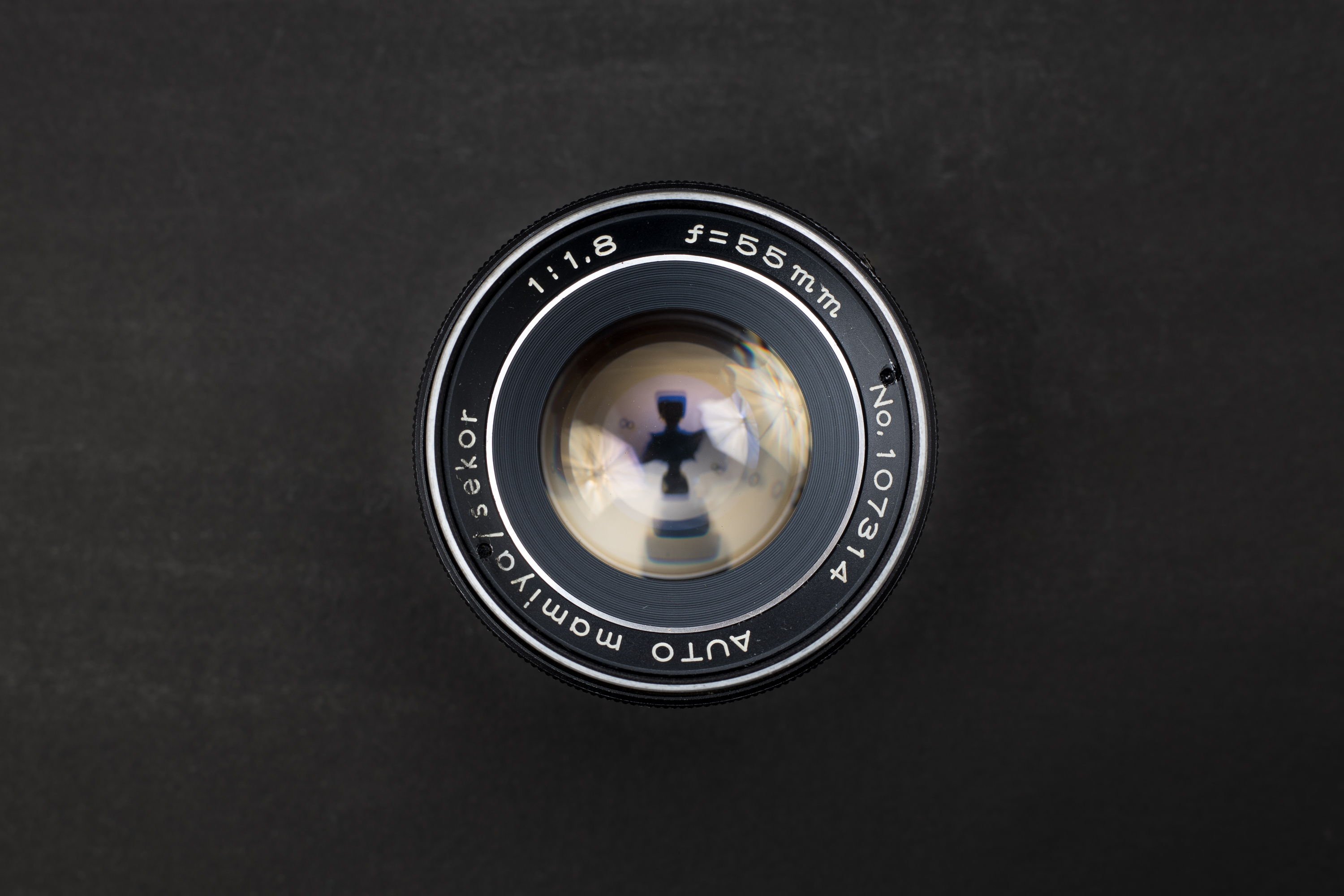
Mamiya Sekor 55mm f1.8 M42 Lens Review on EOS R
Mamiya Sekor 55mm f1.8 that I am reviewing here is an outstanding quality lens – made by Mamiya in Japan in the 1970s — made entirely out of metal, like most good lenses of those times. Considering the price, it is the best vintage standard lens out there with bags of character and enough sharpness…
